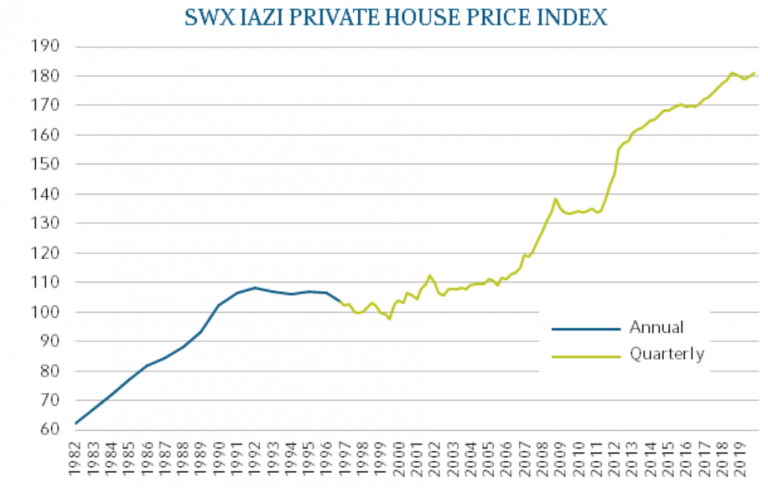Anyone who owns a residential property is confronted with various value concepts over time. They all relate to the property, but have very different meanings. In a two-part series, HUGO Steiner AG presents the most important definitions.
What do “Markt- or Verkehrswert“ mean?
HUGO STEINER AG writes: The “Markt- or Verkehrswert“ “indicate the current value of the property on the market. The figure is calculated by an appraiser or by computer (e.g. Hedonic model) as part of a property valuation. It is based on the prices traded for similar properties in the same region and a comparison of the property and location-specific criteria of your own property with those of other buildings. The market value is usually used for price negotiations in sales, when granting mortgages or when dividing up inheritances.”
What is the “Gebäudeversicherungswert“?
According to the article, this value “is determined by the cantonal building insurance company or, in certain cantons, by a private insurance company and serves as the basis for the insurance premium. It shows how much it would cost to rebuild the entire building – after a fire, for example. This does not include the restoration of the surroundings and the land.”
For taxes, on the other hand, the “Steuer- bzw. amtliche Wert” applies.
Land and properties must be taxed. In the case of private individuals, on the one hand as assets and on the other – if it is owner-occupied property – on the income side via the imputed rental value. This is based on the value of the property as determined by the tax office. This usually corresponds to around 70 to 80 percent of the market value. It is adjusted from time to time (usually every 10 years or after major investments have been made) as part of a reassessment, depending on developments on the real estate markets.
But that’s not all: in part two of the series, HUGO STEINER AG provides the background for further definitions:
The significance of the “Abbruch- or Liquidationswert” is relatively clear
If a building can no longer be used – for example due to its poor structural condition – and has to be demolished in order to build on the land again, the land only has a demolition or liquidation value when it is sold. This is made up of the pure value of the property minus the costs for demolition and the possible disposal of contaminated sites.
The collector’s value (“Liebhaberwert“) is usually very subjective
Collector’s items are buildings that only have special significance for a small circle of people. Examples include historic buildings with a special history or those with an unusual appearance – for example, because they were created by a famous architect. Properties in a special location, e.g. with direct access to the lake or with exclusive fittings, also fall into this category. Due to the unique selling point of the property, the small circle of prospective buyers is usually prepared to pay a price that is generally higher than the market or market value. In this case, we speak of a collector’s value.
The “Ertragswert“ (capitalized earnings value) is important when letting out
This value is used for most common rental properties and corresponds to the net rental income (gross rental income less ancillary costs to be paid with it) capitalized with the desired or required rate of return (e.g. four percent). The value calculated in this way shows how high the purchase price for a rental property should be in order to achieve the desired yield.
If you would like to be regularly informed about important news from the world of real estate, you can subscribe to the HUGO STEINER AG newsletter here. This company is a “sister company” of WüstundWüst and belongs to the IntercityGroup.


